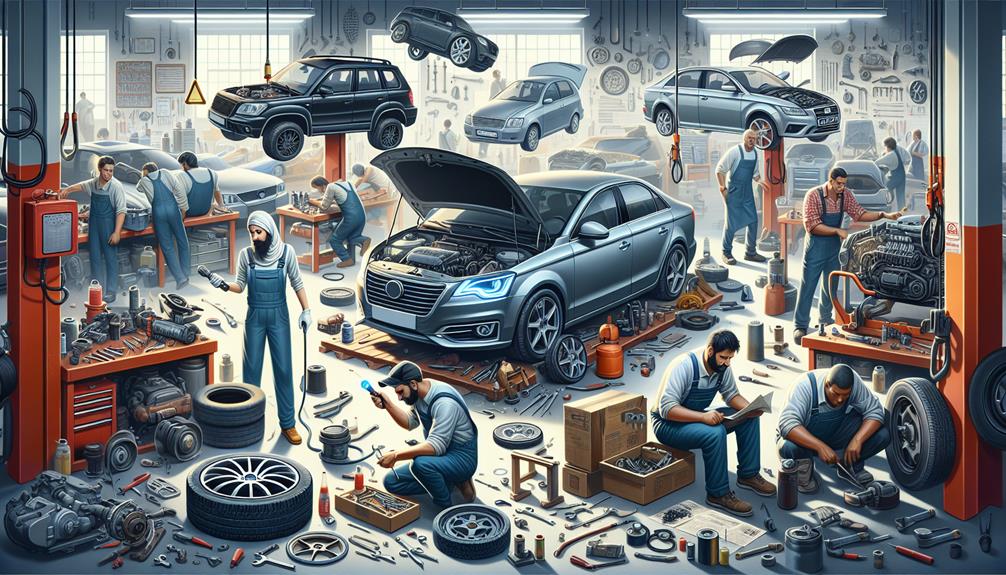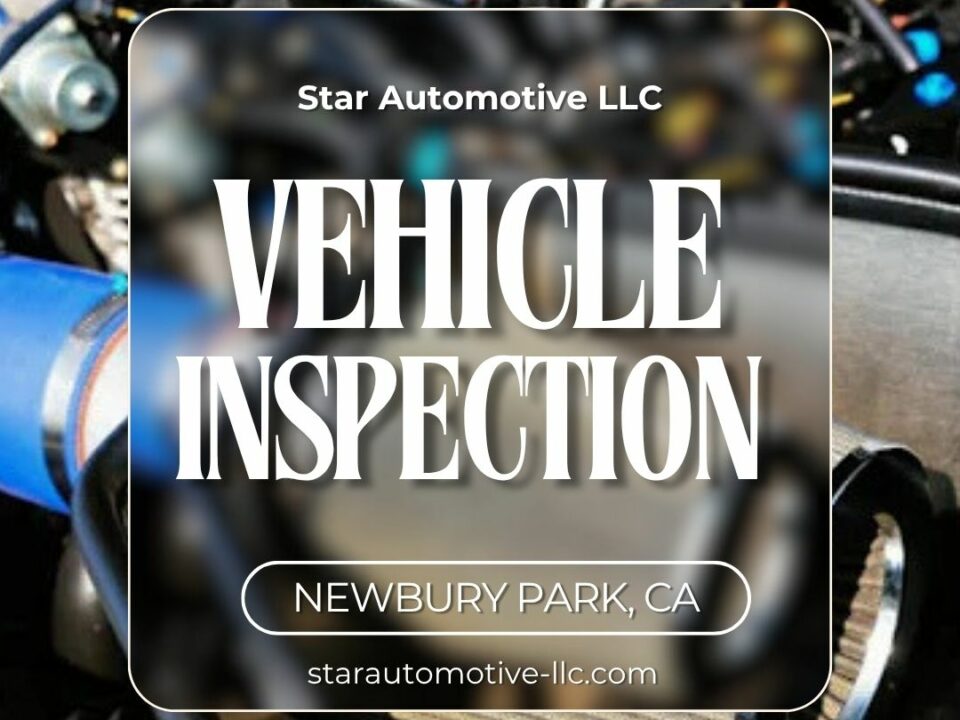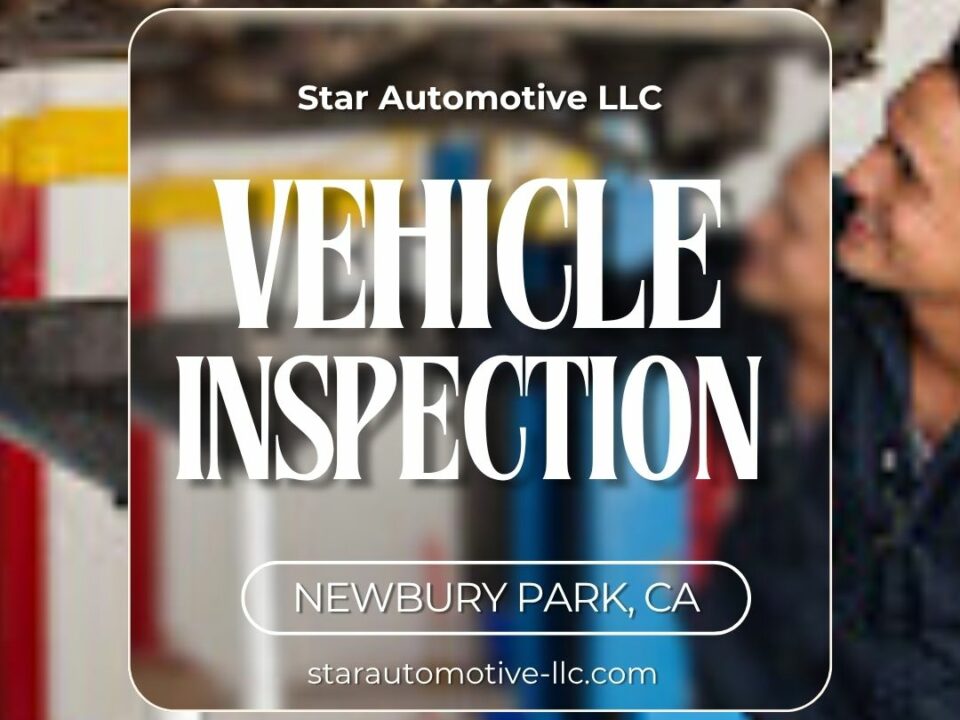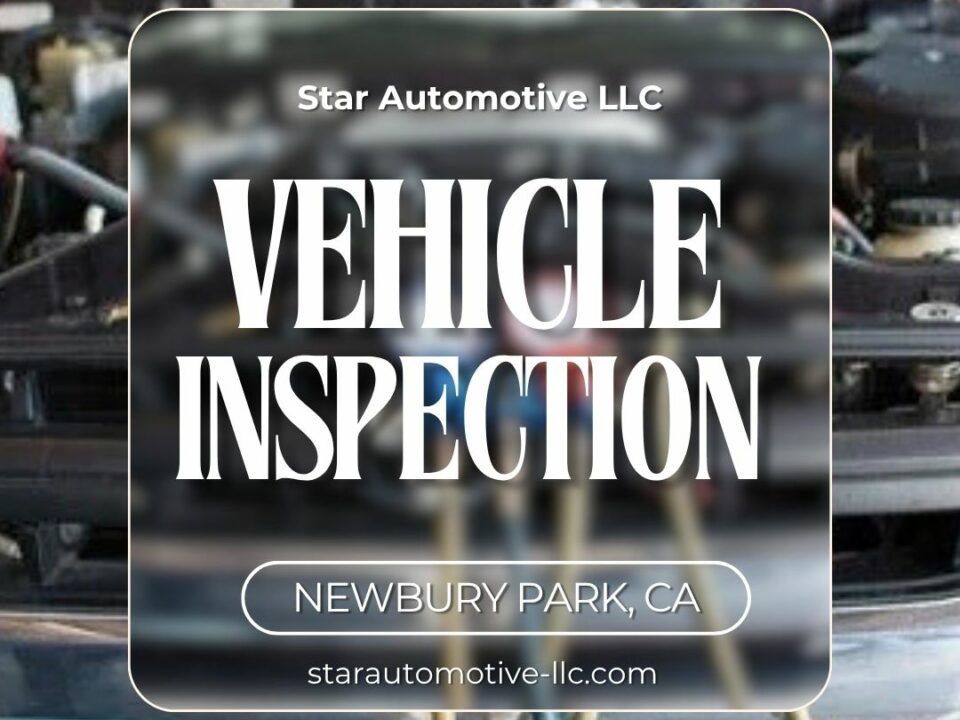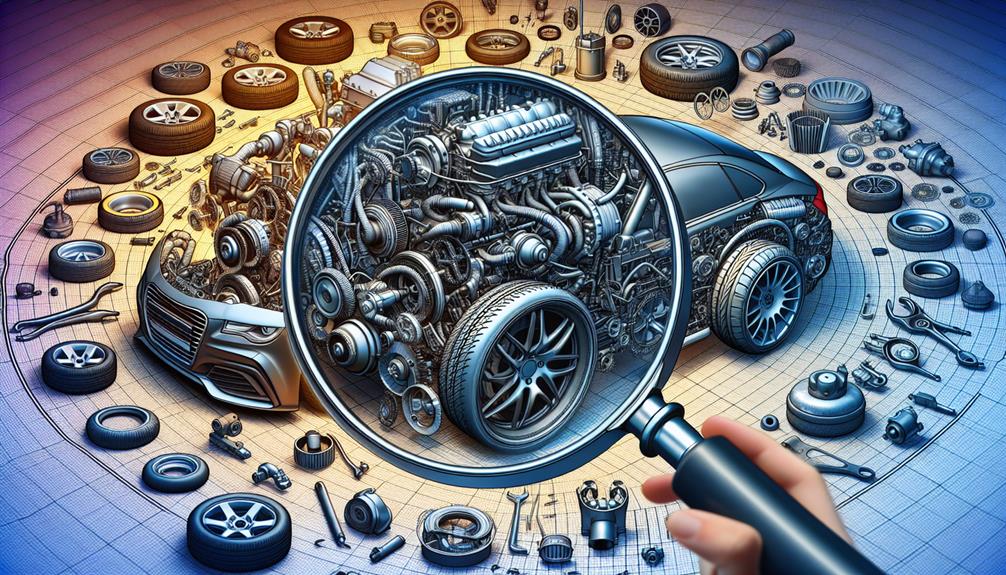
Essential Vehicle Inspection Types Every Car Owner Should Know About
April 16, 2024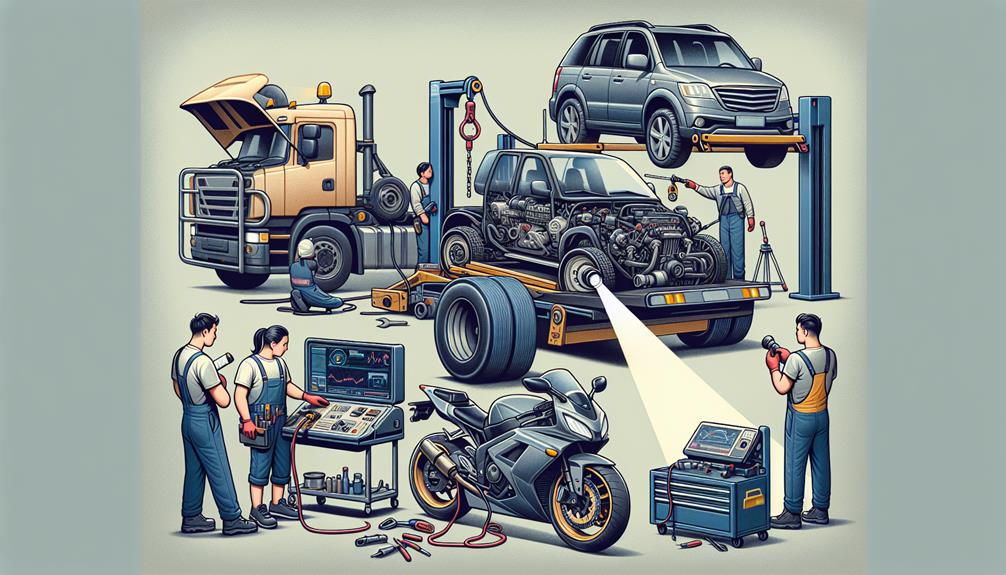
The Ultimate Guide to Vehicle Inspection: Understanding Different Types of Inspections
April 16, 2024Just as a doctor’s checkup can reveal hidden health issues, a thorough vehicle inspection can expose lurking mechanical problems that could jeopardize your safety on the road.
You’re likely familiar with the routine oil change and tire rotation, but did you know there are several types of inspections that your vehicle may need? From safety and emissions inspections to pre-purchase and end-of-warranty inspections, each serves a unique purpose and has its own set of requirements.
In this discussion, we’ll walk you through these various inspections, helping you understand their significance, and more importantly, how to navigate them.
But before we dive into the specifics, let’s take a moment to appreciate why these inspections are more than just a formality.
Understanding Different Vehicle Inspections
When it comes to maintaining your vehicle’s safety and performance, understanding the different types of vehicle inspections can give you a major advantage.
You’re part of a community that values knowledge and preparedness. So, let’s delve into the two primary types: routine and diagnostic inspections.
Routine inspections are comprehensive checks that ensure your vehicle’s all-round health. They’re your car’s regular doctor’s visit, if you will.
On the other hand, diagnostic inspections are like calling in a specialist when something’s wrong. They focus on identifying specific issues, often involving complex systems like your engine or transmission.
Grasping these differences, you’re not just a car owner; you’re a responsible member of a community that values safety and smart decisions.
Preparing for Your Vehicle Inspection
Now that you’re familiar with the different types of vehicle inspection, it’s crucial to know how to adequately prepare your vehicle for these examinations.
Start by ensuring all lights, including indicators and brake lights, are functioning correctly. Check tires for adequate tread and ensure they’re properly inflated. Your brakes should be responsive and the exhaust system should be free of leaks. Cleanliness is essential; a neat, clean vehicle shows respect for the process.
Confirm that your seatbelts work correctly, and your windscreen wipers are effective. Don’t forget to bring necessary paperwork, such as proof of insurance and registration.
Preparing your vehicle for inspection can be a breeze when you know what to expect.

